How an ambitious plan for Gulf coast restoration will allow cypress forests to rebound, support wildlife, and defend communities from deadly storms
The bald cypress tree is an icon in Louisiana, like a Mardi Gras mask or the fleur de lis on the side of a New Orleans Saints helmet. Millions of acres of winding bayous, overflow swamps, lakeshores, and seasonal crevasses are lined with our majestic state tree, along with tupelo gums, swamp maples, and the occasional stately oak.
Wading birds, wood ducks, bald eagles and many others take rest and often make their nests in the cypresses. Fishermen pitch plastic worms, spinnerbaits, and tube jigs at a maze of cypress roots to catch bass, bluegills, and sac a lait—those are crappies to you east coasters.
But cypress forests do more than define our landscape and support our wildlife—they also store flood waters during the spring, help hold the loose soils of South Louisiana together, and provide natural protection to coastal communities by curbing ravaging hurricane winds and storm surge.
Unfortunately, large swaths of coastal cypress forests have been wiped out across South Louisiana. Initially, the trees were overharvested to build houses, railroads, and anything else that needed wood. Later, levees built on the Mississippi River to facilitate navigation and oil and gas extraction pushed salt water from the Gulf inland as much as 50 miles. And navigation canals were carved into the swamps, causing even more destruction.
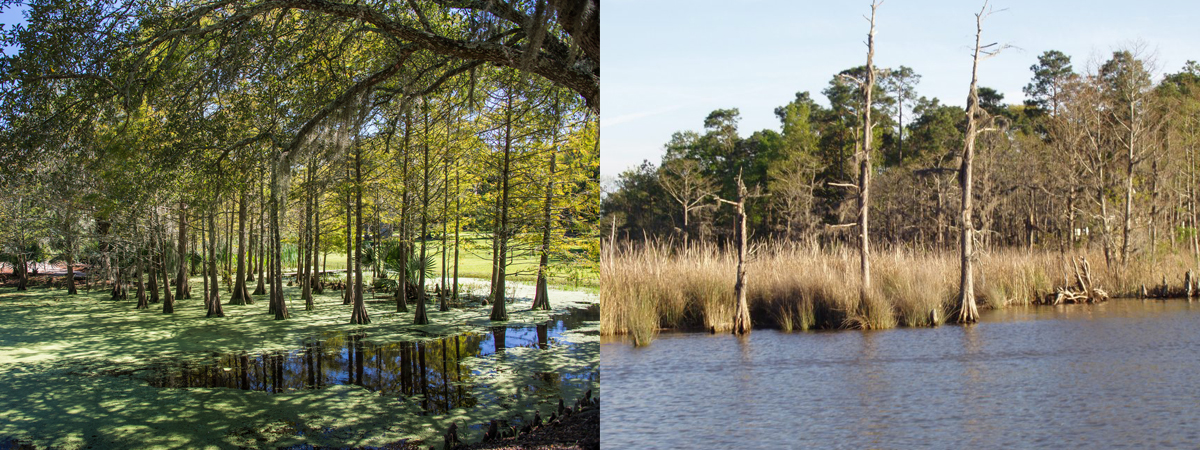
Dead expanses of trees, often called “ghost forests” by locals, are scattered throughout the coast in impounded swamps and among the saltwater-tolerant cord grasses that took hold where no other plants could live. The Cajun old timers speak of when they used to duck and deer hunt and catch bass and crawfish in these same cypress breaks decades ago.
Now, preserving the existing coastal forests and replacing some that were lost in the last century is a top priority in Louisiana. The state’s Coastal Protection and Restoration Authority has spent $15.8 million since 2011 to buy coastal forest lands from willing sellers, preserve the habitat, and ensure the trees aren’t harvested. About $2 million of this funding, plus another $6.5 million in settlements from the 2010 Deepwater Horizon oil disaster, were used to help expand the Maurepas Swamp Wildlife Management Area—a more than 100,000-acre public tract of cypress-tupelo swamp between Baton Rouge and New Orleans.
Non-profit organizations, like the Lake Pontchartrain Basin Foundation, America’s Wetland Foundation, and Coalition to Restore Coastal Louisiana, have invested hundreds of thousands of dollars and utilized countless volunteer man-hours to plant cypress trees in areas where over-harvest and saltwater intrusion has made it impossible for the trees to regrow on their own.
These noble efforts would be fruitless, however, without additional work to limit the saltwater intrusion that initially caused the trees’ demise. Rebuilding coastal barrier islands, replenishing marshes and natural ridges with dredged sediment, and building diversions to allow the Mississippi River to again spill into its deltaic swamps will keep the Gulf of Mexico at bay and allow coastal forests to grow back into vital fish and wildlife habitat and hurricane protection.
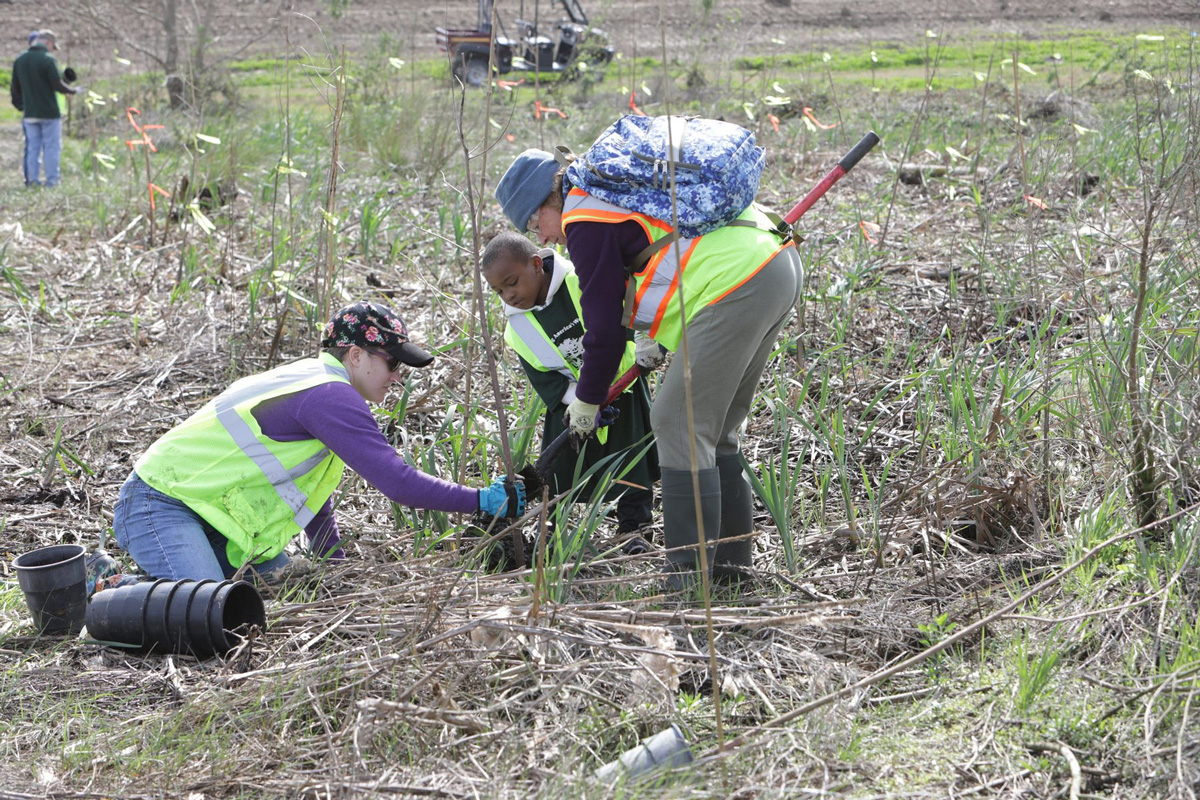
Louisiana has an aggressive coastal restoration and hurricane protection master plan that aims to build a host of projects needed to reconnect the Mississippi River to its historic delta, restore coastal marshes, and keep salt water in the Gulf. This is just another example of how the state’s nearly $8-billion share of the Deepwater Horizon settlement is rebuilding a better coastline in the next two decades.
The TRCP and its partners have worked closely with Louisiana and federal lawmakers and agencies to expedite permitting and construction on these projects while educating sportsmen and women about the benefits to fish, wildlife, and the outdoor recreation economy.
The money is available. The projects have been designed to help reverse the factors that have led to the loss of nearly 2,000 square miles of coastal swamps and wetlands in the last 100 years. But it will continue to take strong political will to make sure these projects, especially those designed to reconnect the Mississippi River, get built quickly.
That political will must come, in large part, from the hunters and anglers who live in or visit Sportsman’s Paradise. To see what coastal restoration projects can do for fishing, watch this video.
Top photo by Kent Kanouse via flickr

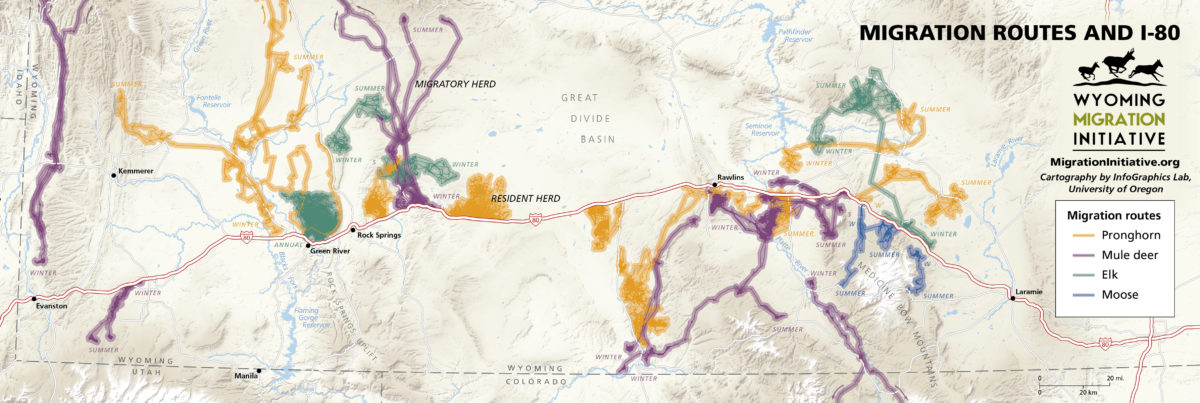


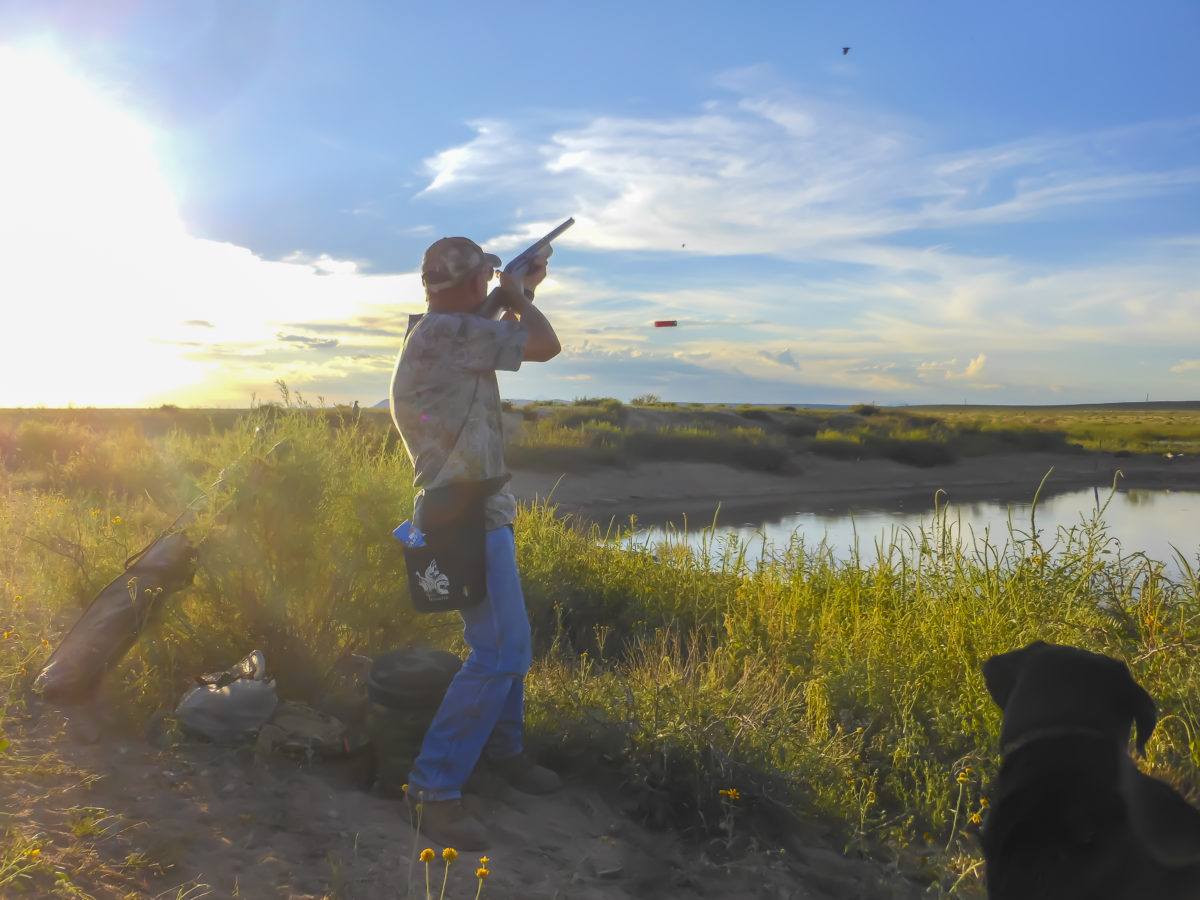
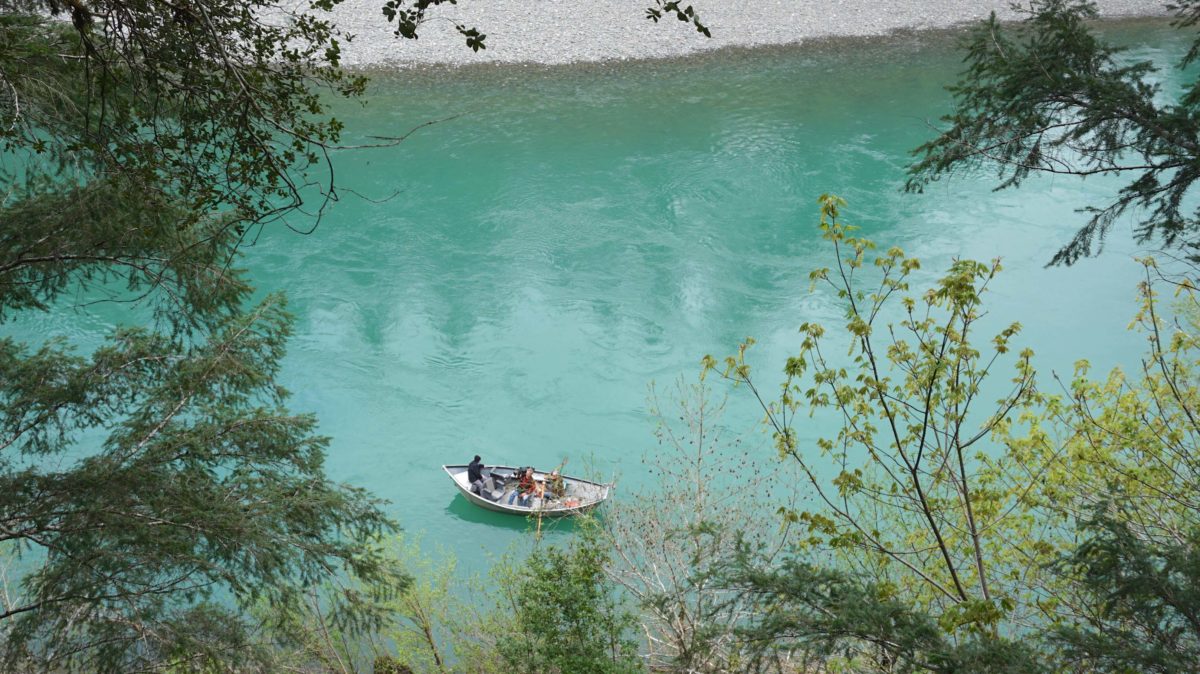
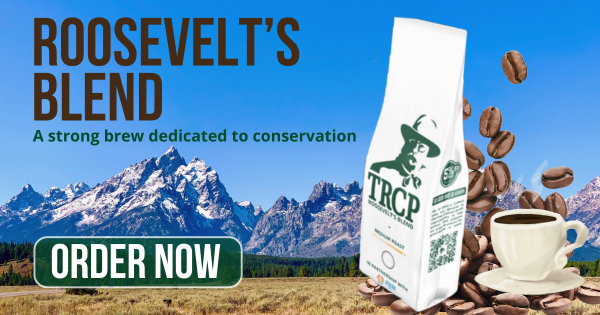



I measures should be taken to restore and preserve the existing habitat.
I have been a wetlands advocate since around 1970. Louisiana’s politicians have never cared about wetlands, and could care less even now. Wetlands destruction has never stopped, and is well-funded.
I think you need to correct one thing in your article. Levees were first built along the Mississippi in New Orleans to prevent flooding. Different landowners along the river started building them also to protect homes and cropland. It became a necessity because areas without levees or with lower ones would be the first to flood. Eventually, the Corps of Engineers got involved and started building them to a consistent size and quality. That might be why the idea that the levees were to facilitate navigation came from, because flood control was not an authorized mission of the Corps of Engineers. Navigation was part of their mission.